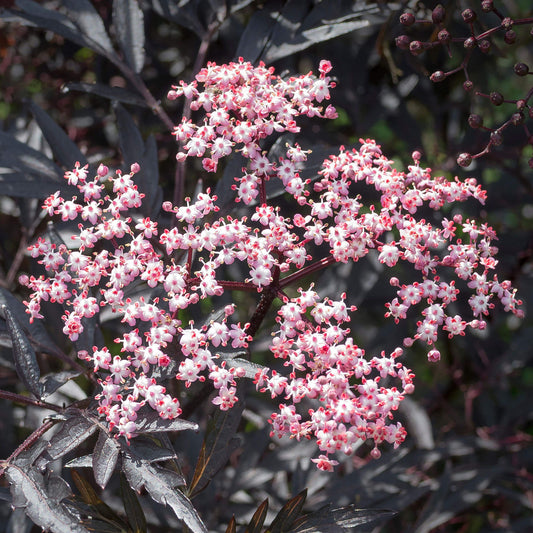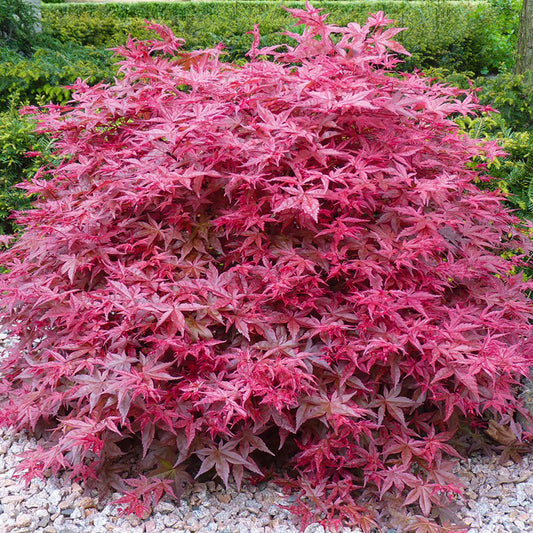Product description
Ginkgo Mariken patio trees, also known as the Maidenhair Tree, are deciduous conifers, native to China, with attractive, deep green, fan-shaped leaves which are densely packed and turn golden yellow in autumn. The foliage is highly attractive, with a ruffled look and perfect for adding texture to any areas of the garden or patio.
Whilst flowers can sometimes bloom on this plant, the eye-catching foliage is the real focal point. Add these trees to mixed beds or borders or grow in containers and they’ll add some leafy texture. The smaller size and slow growth rate make them especially great for small gardens and patios.
Please Note: Images are for illustrative purposes only and designed to be a representation of the item(s) being sold. Depending on seasonality, deciduous plants may be supplied in their dormant state and without leaves. Plants may also be pruned back, lower than stated heights, to encourage new growth.
Plant specs, care guide & tips
Key features
Specifications
When to plant
| Jan | Feb | Mar | Apr | May | Jun | Jul | Aug | Sep | Oct | Nov | Dec |
|---|---|---|---|---|---|---|---|---|---|---|---|
Planting and period of interest times are general guidelines and may vary based on your location and conditions. For best results, consult local gardening resources.
Instructions
Top Tip
Prune Ginkgo trees in late winter or early spring to shape them and remove any dead or damaged branches. Their slow growth means minimal pruning is required, but regular checks can help maintain their natural shape. These trees are remarkably hardy and adaptable, making them an excellent low-maintenance choice for urban gardens or landscapes.
How to Water
Water Ginkgo trees deeply and regularly during their first year to help establish a strong root system, particularly during hot, dry periods. Once established, they are relatively drought-tolerant and require less frequent watering, though occasional deep watering during prolonged dry spells can support their growth. Always allow the soil to dry out slightly between waterings to avoid overwatering, which can lead to root rot.
How to Plant
To plant a Ginkgo tree, select a sunny or partially shaded spot with well-draining soil that is neutral to slightly acidic. Dig a hole twice the width of the root ball and deep enough to allow the root collar to sit just above the soil level. Loosen the surrounding soil to encourage root spread, then backfill gently, firming the soil as you go. Water thoroughly after planting to help the soil settle and add a layer of mulch around the base to retain moisture and suppress weeds, leaving a gap around the trunk.


























